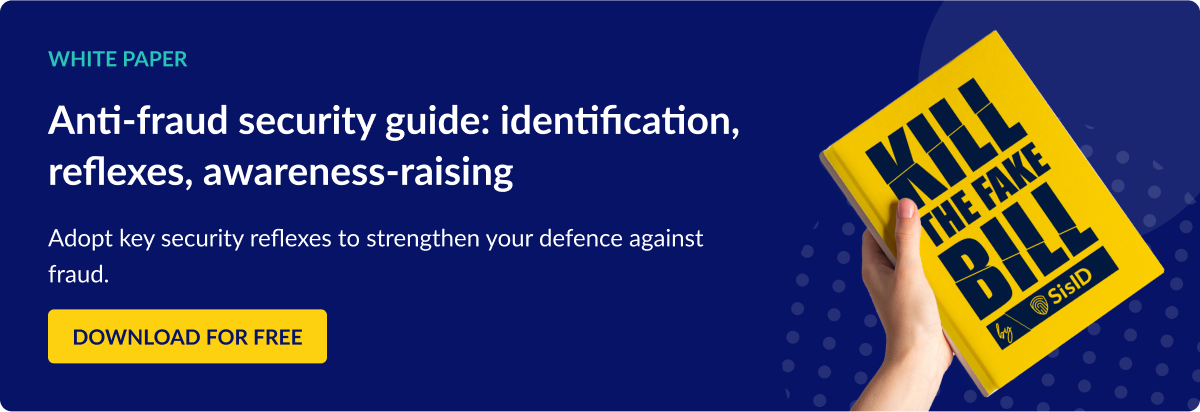How to identify and manage fraud risk?
Fraud risk is now a pain point that companies cannot ignore anymore. In 2022, 90% of organizations reported being affected by ransomware, according to the SpyCloud Report. But that’s not the only type of fraud they can be exposed to.
What are they?
An organization faces many risks due to a fraud attempt or even the risk of being too exposed. The consequences can be very difficult to overcome and lead the company to close. Whether the fraud is caused by an internal, external actor or a fraudulent activity, the most important impacts are the following ones:
Fraud risk assessment & management
Taking into consideration all the risks a business can face, it’s very important to assess fraud risks as well as any other financial risks.
But first, fraud risk assessment is used as a tool to audit the management, assets, and regulatory compliance of an organization to determine the global level of risk. It allows the company to adjust the decisions, investments, and management among other things to improve the organization’s security.
To do so, auditors must conduct the assessment on a regular basis, so the organization is always secured through its evolution. External certified auditors can also conduct the fraud risk assessment
Then the risk must be managed to protect the business from any fraud attempt efficiently.
Fraud risk assessment and management should be continuously evolve in tandem with the business and its environment to be optimal. Audit and control should be conducted to maintain a thorough understanding of fraud trends, the organization’s vulnerabilities, and prevention strategies, thereby enhancing the “know your business” process.






